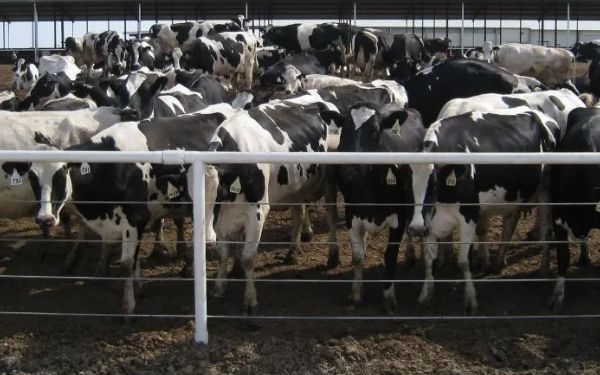At a Central Valley dairy, a massive tarp now covers a manure lagoon, quietly turning waste into a climate solution. Beneath that cover, methane—a powerful greenhouse gas—is captured, cleaned, and kept out of the atmosphere.
A new UC Riverside study confirms that dairy digesters—sealed manure ponds that trap methane—can cut emissions by about 80%, matching California’s climate projections. The findings, published in Global Change Biology Bioenergy, come as the state pushes to slash methane emissions 40% below 2013 levels by 2030.
“We know digesters can leak,” said lead researcher Francesca Hopkins, “but when they’re well-built and managed, emissions drop significantly. That’s exactly what we saw.”
The team studied a Tulare County dairy—part of the nation’s top milk-producing region—before and after a digester was installed in 2021. Using a mobile lab with high-tech gas sensors, they gathered data for two years. While early leaks were found, fixes were made with help from the digester operator, California Bioenergy. Methane emissions plummeted soon after.
“This was a perfect example of adaptive management,” Hopkins said. “The collaboration between scientists, the operator, and the farmer really paid off.”
Though promising, digesters don’t solve every pollution problem. They don’t reduce ammonia or particulate matter, and building them requires permits, funding, and long-term upkeep.
“They’re not right for every farm,” Hopkins said. “But for those that can manage them, they’re one of the most cost-effective tools to cut greenhouse gas emissions.”
California is also scaling up methane detection with satellites to track leaks in real-time. When spikes are spotted, regulators follow up with site operators.
Hopkins sees this project as a rare win for science, policy, and industry working together: “There’s so much division in the climate space—but this is proof that cooperation can lead to real, measurable results.”










